It’s been a while since we released the last Prusa Academy course – the MK4 printer beginners’ course went out in October, and the last “standalone” (i.e. not printer-specific) course last May, about 3D modeling in Autodesk Fusion. So, it’s about time to add something new to the lineup!
In our most recent course, we will go through the basics of product photography. You can obtain it via our e-shop, pretty much in the same way as any other product. The cost is just 19.90 EUR including VAT, or 17.99 dollars (i.e. even less than the Fusion course, which is a bit longer). By the way, you can also get the course in exchange for Prusameters on Printables.com!🙂
No extra registration is needed, just click the link that you will get via email right after the purchase, or when logged in, look up the My Courses button in the top right corner of the menu.
The English version is now available, and we are working on German, Czech, and Polish versions, which will be finished soon.
The idea of the course
It goes without saying that good pics can make or break the impression, whether you want to sell your products, enter a designer contest, document and share your creations with your friends and colleagues, or just show off randomly on social media (because there is nothing wrong with that😉). It’s a pity to come up with an interesting model, but then have people scroll past it just because it is presented in a blurry, dim light snapshot next to a kitchen sink.
Product photography is a topic relevant not just for 3D printing, but for almost any other small business or creative hobby. While the course is 3D print themed and uses printed models in all of its photo examples, all the featured tips and guidelines are perfectly usable for any kind of still life photos – whether you arrange flowers, paint miniatures, collect minerals, or whatnot, there will be a thing or two to learn. We also explain all the important general photography concepts, like exposure, depth of focus, or white balance.
In our course, we want to show that product photography is not about “paying to win”, and is neither high art that requires some special talents, nor science with difficult concepts and terminology. As with any craft, it’s all about picking the right tools (not necessarily expensive), learning a few basic principles, and then following them in practice.
The form and contents
The course follows the same recipe as the other existing Prusa Academy courses: it is text-based, however, the text is color-coded and split into very short paragraphs. There are many pictures, and also some short videos.
We start with basic terminology and definitions, briefly go through the pros and cons of phones vs. cameras, and introduce the crucial tool of product photography, a tripod.
In the second lesson, we talk about preparing the models – how to make them look neat and clean and how to pick matching colors.
We continue with setting up the scene, i.e. choosing the right backdrop and arranging the models into a composition.
The fourth lesson is all about lighting – how to illuminate the scene, what are the pros and cons of directional vs. diffused light, and how you can use light to make the pictures look more interesting.
The final step is basic image postprocessing: we go through the editing workflow of cropping, adjusting colors, retouching minor imperfections, and so on.
We conclude the course with a summary of some general advice.
At the end of some of the lessons, you will find a quiz. The same as with all the other Prusa Academy courses, if you pass all the quizzes successfully, you’ll get a nice certificate.🙂
The whole course is unlocked from the beginning and you can (and are expected to) jump back and forth as you like.
What’s in the pipeline
The next course is going to be about 3D print postprocessing. We have been working on it for quite some time already, and now that the photography course is done, it’s going to get our full attention.
As always, we’d appreciate any ideas for new courses, as well as feedback on the existing ones.
Happy printing!






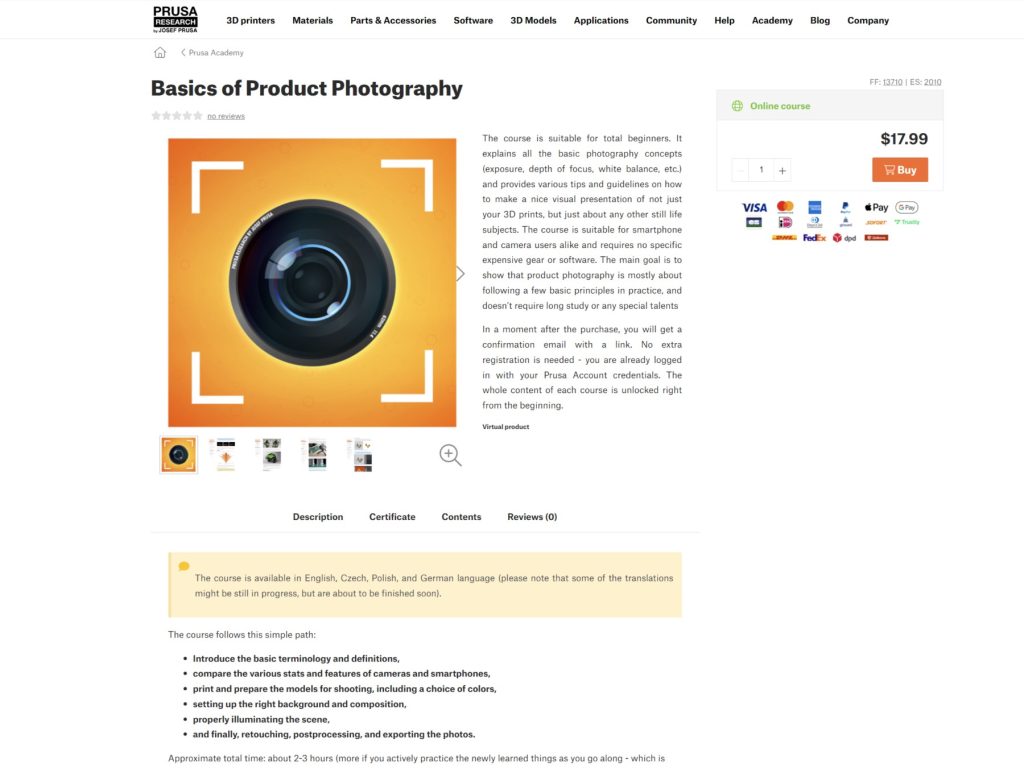
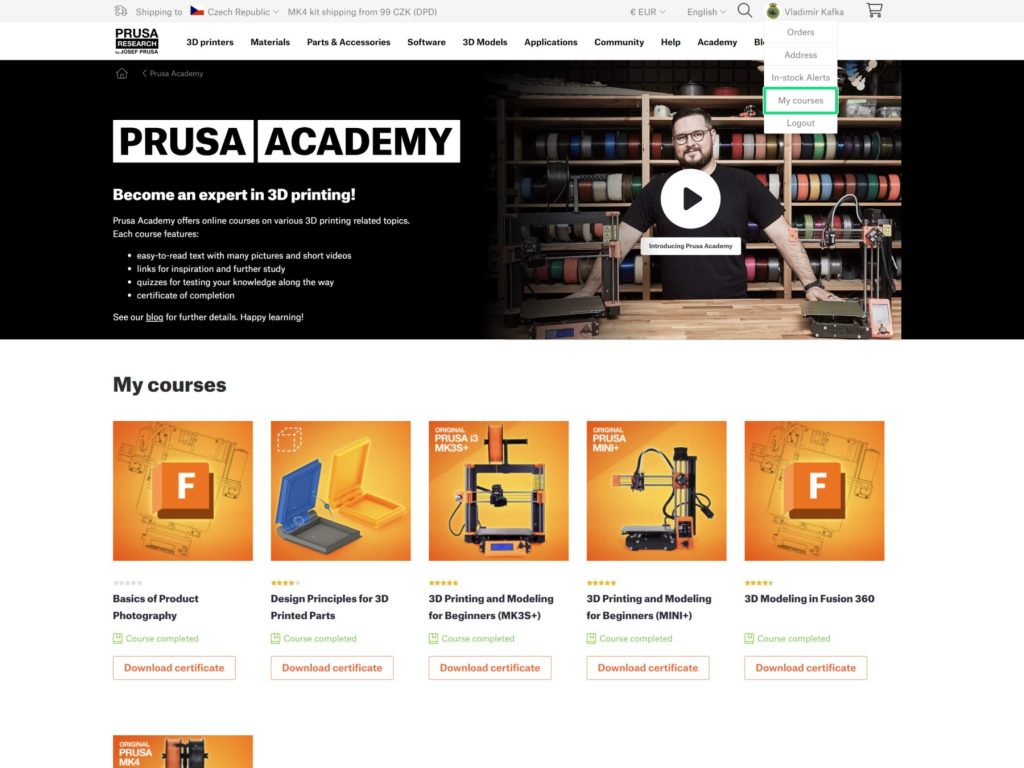
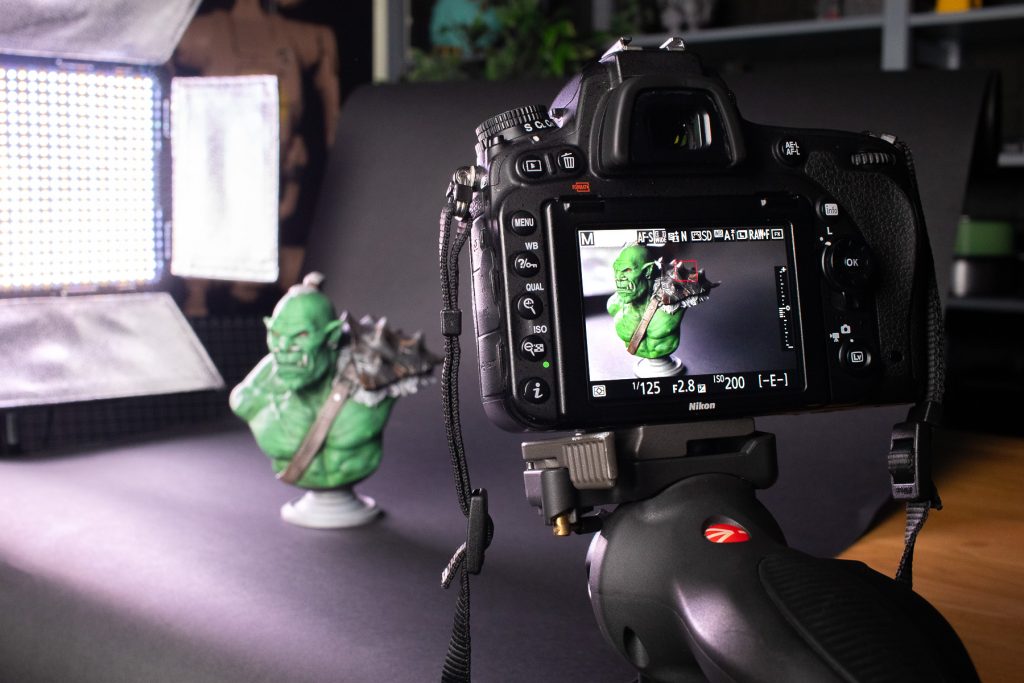
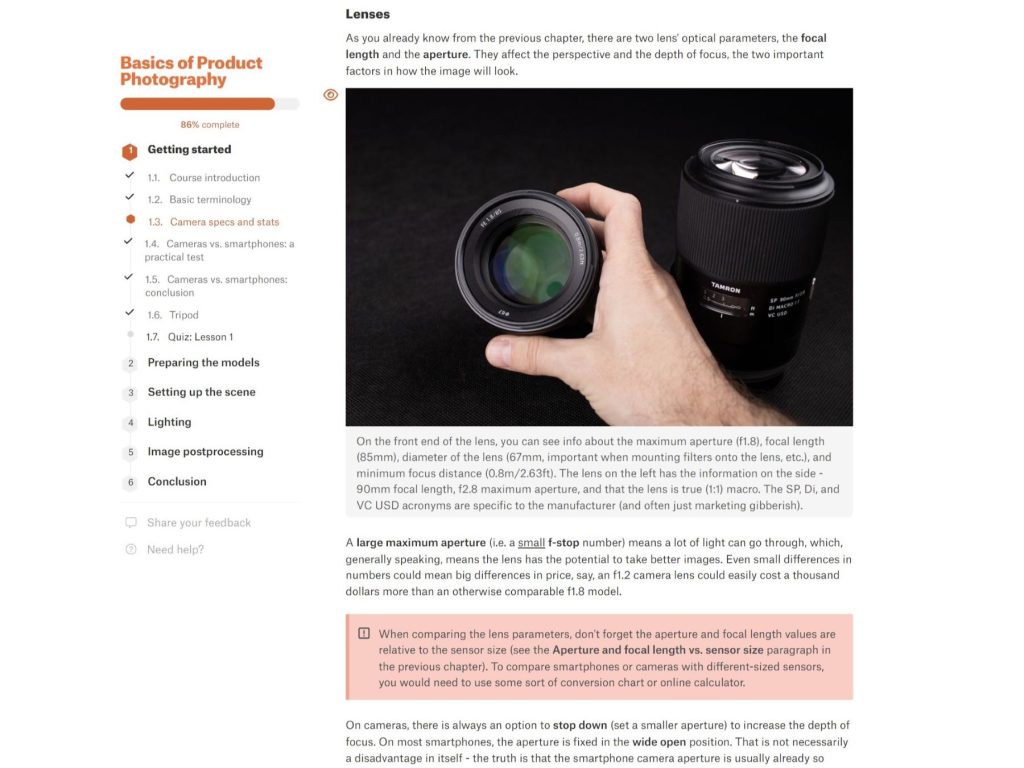
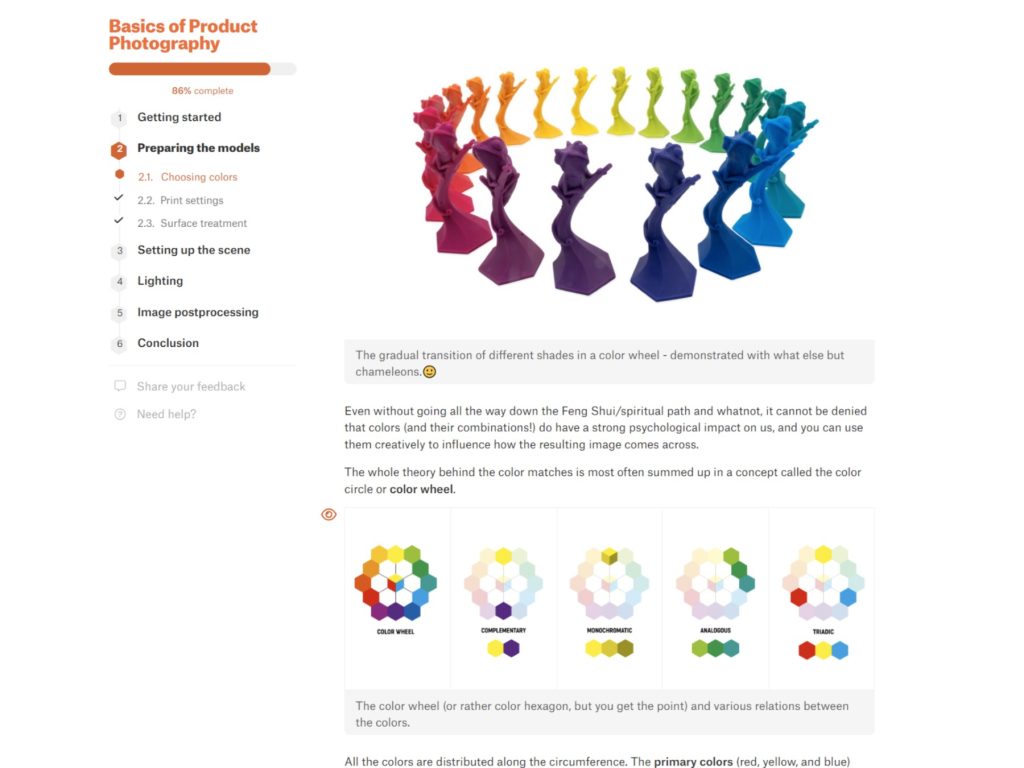
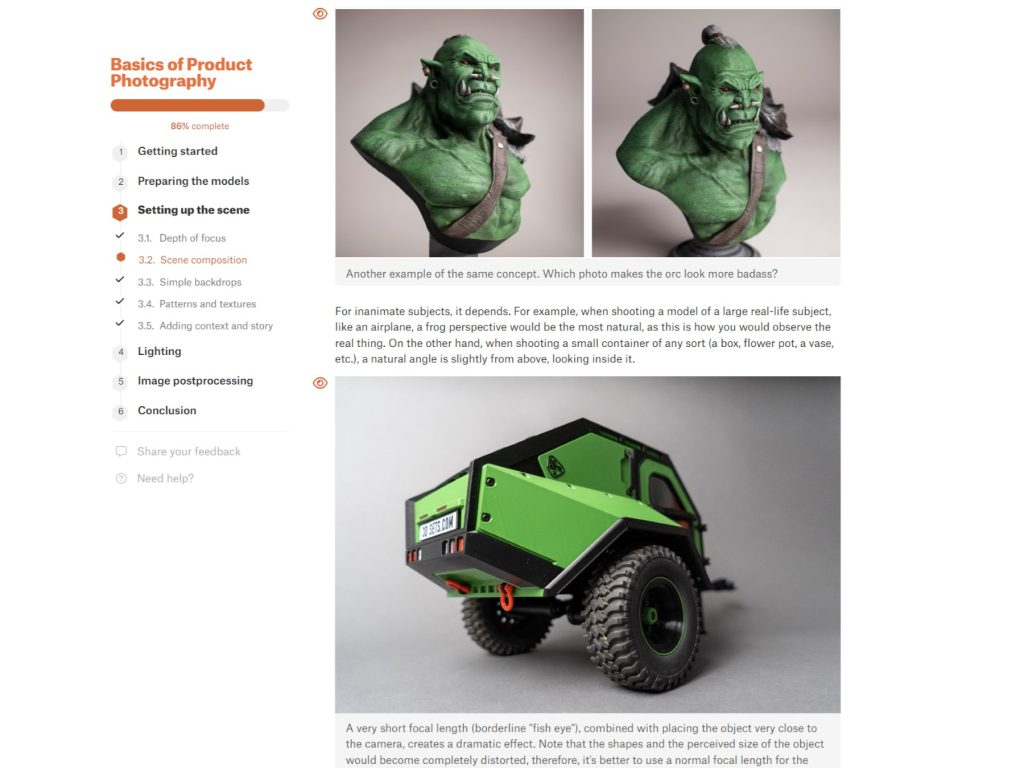
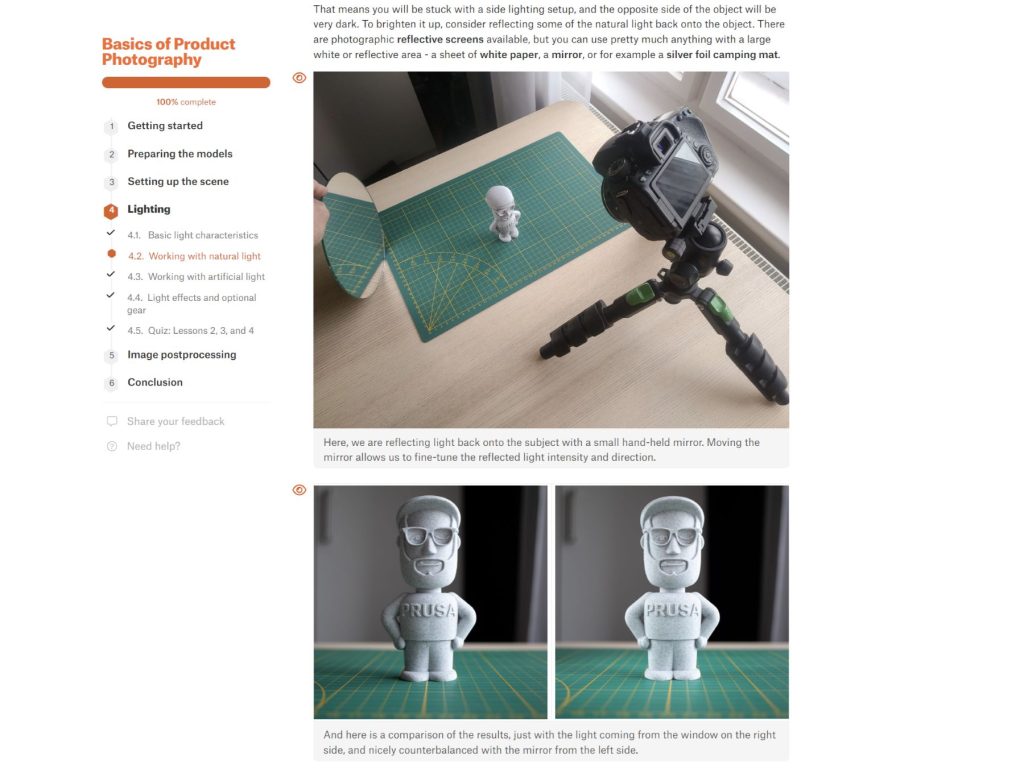
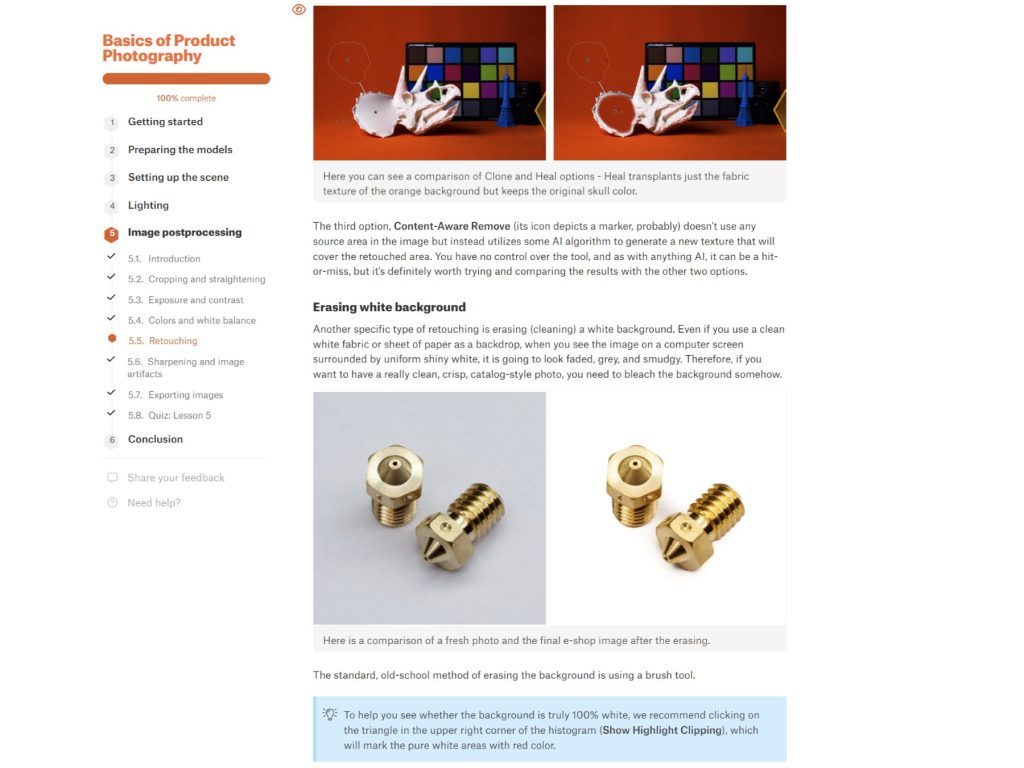
Great timing. Getting good photos has always been a pain point for me and I was just starting to look into improving my setup.
Thanks for providing great platform for information.I also want to share some information regarding social experiencing.<a href="https://instagramproapp.net/">Instagram pro</a> is a modified version of the popular messaging app instagram.It offers extra features that are not available in the official app. People download it from various websites as it’s not available on Google Play Store or the App Store
Thanks for sharing informative post !!!
<a href="https://viskaconsultants.com/portfolio/canada-immigration-consultants/">Canada Immigration Consultants in Chandigarh</a>
Adas Instruments Online is a premier provider of high-quality surgical instruments, renowned for our commitment to precision, innovation, and customer satisfaction. Our products are crafted using the latest manufacturing technologies and the finest materials, ensuring exceptional durability and reliability. We offer a comprehensive range of surgical tools designed to meet the diverse needs of healthcare professionals. Our dedication to excellence drives us to continuously improve and expand our product offerings. Choose Adas Instruments Online for top-quality surgical instruments that support better surgical outcomes and patient care.
https://adasinstrumentsonline.com/
You can take your board exam preparation to the next level by solving the CBSE question bank 2025 class 12 on SelfStudys. We offer several question banks for all the subjects included in the 12th-class curriculum. You are allowed to access any subject and its questions for practice free of cost on our platform. The bank includes a wide variety of questions based on the latest exam pattern and syllabus. Furthermore, each question is accompanied by accurate solutions. These answers also include detailed explanations so that you can understand the reasoning behind each question. By engaging with these questions on a daily basis, you can take the board exams with confidence and ease.
<a href="https://www.selfstudys.com/books/cbse-hots-qsn/english/class-12th/">CBSE Question Bank 2025 Class 12</a>